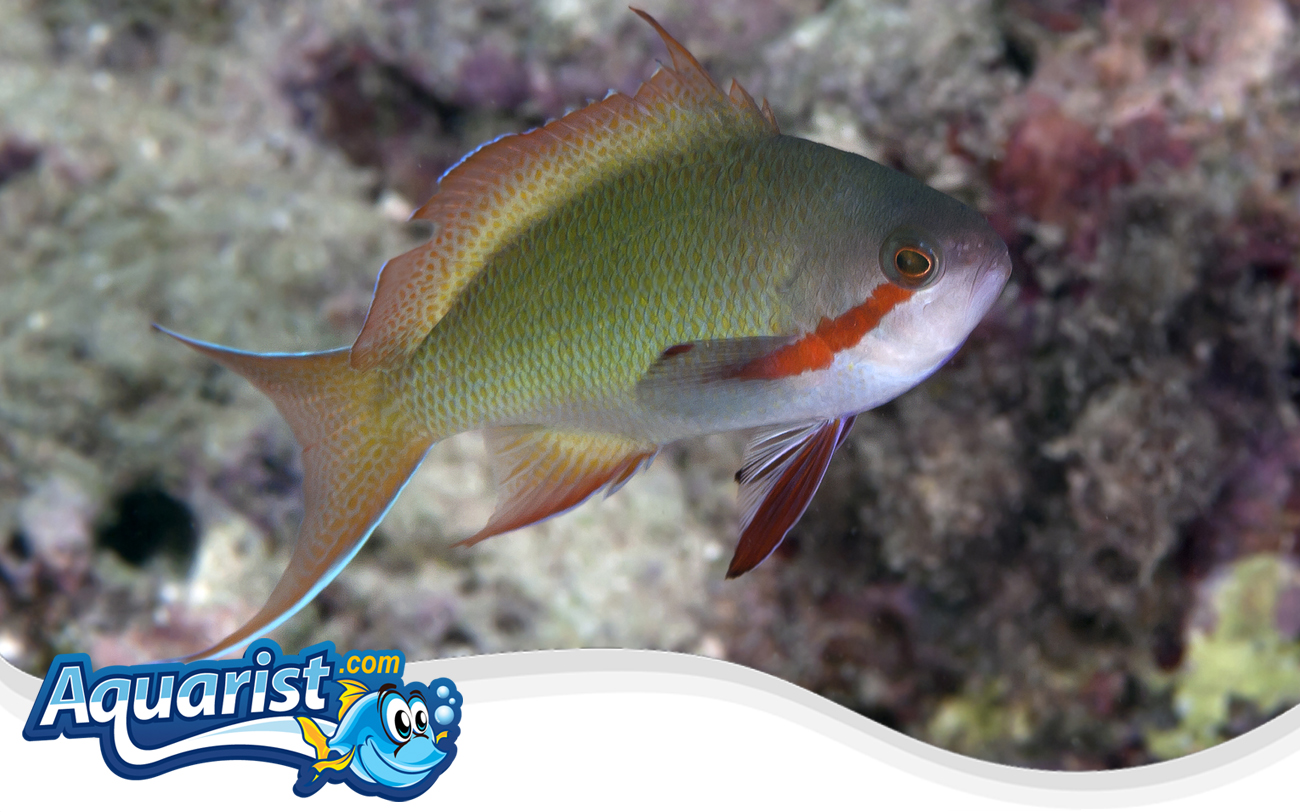Overview
- Native to the Western Pacific, frequently found around reef slopes and coral-rich areas.
- Notable for its beautiful coloration, featuring a pinkish body, vibrant red-orange dorsal fins, and elongated thread-like fin rays in males.
- A peaceful schooling species prized for its active swimming and stunning appearance.
- Suitable for intermediate to advanced marine hobbyists due to specialized feeding and habitat requirements.
Feeding
- Planktivorous; naturally feeds on zooplankton and small marine organisms.
- Requires frequent feedings of high-quality foods, including mysis shrimp, brine shrimp, finely chopped seafood, and specialized planktonic preparations.
- Multiple daily feedings are necessary to maintain optimal health and vibrant coloration.
- Dietary variety and regular feeding schedule essential for long-term health.
Habitat
- Prefers moderately sized to large aquariums (minimum 75 gallons) with plenty of open swimming spaces and structured live rock.
- Stable, mature aquarium conditions with excellent water quality are crucial.
- Include ample hiding places and reef structures to mimic their natural environment and reduce stress.
- Moderate to strong water flow and efficient filtration are required to maintain ideal water conditions.
Fish Care
- Optimal water temperature: 72-78°F (22-26°C).
- Recommended pH level: 8.1-8.4; specific gravity: 1.020-1.025.
- Sensitive to fluctuations in water parameters; consistent monitoring and careful maintenance necessary.
- Regular observation for marine diseases is important; early treatment ensures optimal health.
Compatibility
- Peaceful; ideally kept in groups with one male and several females to encourage natural social behaviors.
- Reef-safe; compatible with corals and ornamental invertebrates.
- Suitable tank mates include peaceful wrasses, gobies, dartfish, clownfish, and other non-aggressive reef-friendly species.
- Avoid aggressive or overly territorial species to maintain a stress-free environment.
Aquarium Behavior
- Highly active swimmers, often seen schooling in open areas above reef structures.
- Peaceful demeanor, making them excellent additions to community reef aquariums.
- Social species; best behaviors observed when kept in small schools.
- Providing ample swimming space and compatible tank mates encourages natural behaviors and reduces stress.


